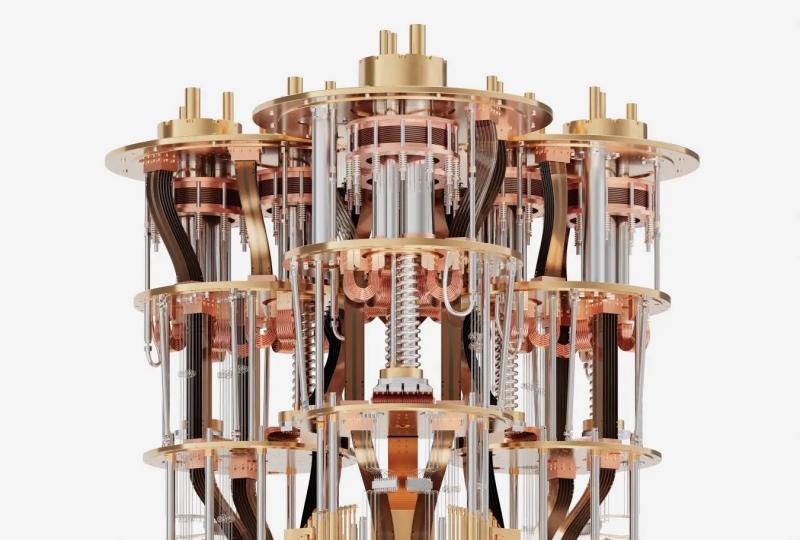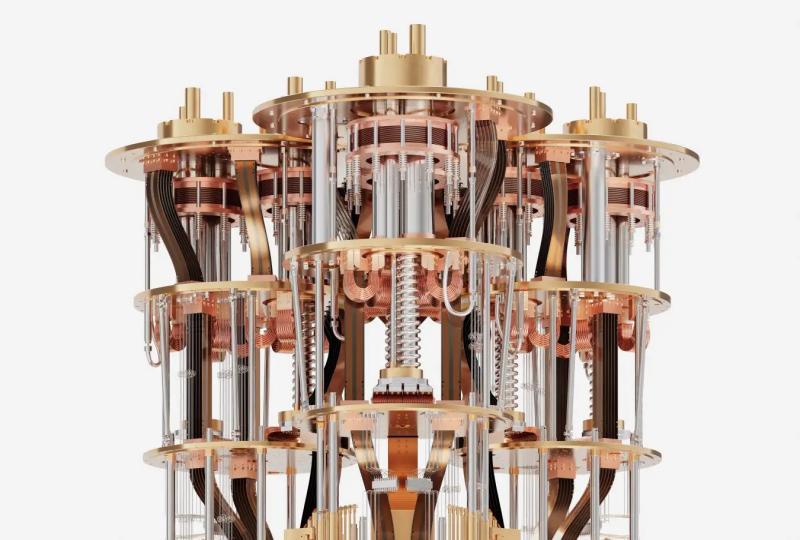Cryogenic Amplifiers - The Chilled Boosters for Quantum Computing
2025.06.27 · Blog Cryogenic Amplifier
In the rapidly evolving landscape of quantum computing, where the pursuit of harnessing the power of qubits drives innovation, cryogenic amplifiers have emerged as a critical component. These specialized amplifiers operate in the extreme cold, typically at temperatures close to absolute zero, and play a pivotal role in enabling the delicate quantum operations to occur accurately.
The Need for Cryogenic Amplifiers in Quantum Computing
Quantum computing systems rely on qubits to execute complex calculations. However, the signals generated by qubits are extremely weak. They are so faint that they can easily be overwhelmed by environmental noise. Cryogenic amplifiers are designed to boost these weak quantum signals without adding significant noise of their own.
In a quantum computing setup, qubits are often in a superposition of states, a delicate condition that can be disrupted by even the slightest interference. The noise introduced by traditional amplifiers operating at room temperature would be enough to decohere the qubits, rendering the quantum computation invalid. Cryogenic amplifiers, on the other hand, are engineered to operate in a low - noise environment, preserving the integrity of the quantum states.
How Cryogenic Amplifiers Work
Cryogenic amplifiers operate based on different principles compared to their room - temperature counterparts. One common type is the Josephson parametric amplifier. It utilizes the unique properties of Josephson junctions, which are superconducting devices. At cryogenic temperatures, the Josephson junctions exhibit quantum - mechanical behavior that can be exploited for amplification.
When a weak input signal is applied to a Josephson parametric amplifier, it interacts with a strong pump signal. Through a process of parametric conversion, the weak signal is amplified. The cryogenic environment is crucial as it allows the Josephson junctions to maintain their superconducting state, which is essential for the efficient operation of the amplifier.
Another type of cryogenic amplifier is the traveling - wave parametric amplifier. It also takes advantage of the low - noise conditions at cryogenic temperatures. In this amplifier, the input signal travels along a transmission line, and through parametric amplification processes, the signal strength is increased while minimizing the added noise.
Challenges in Cryogenic Amplifier Design and Operation
Designing and operating cryogenic amplifiers is no easy feat. One of the primary challenges is the need to maintain the extremely low temperatures required for their operation. This requires sophisticated cryogenic systems, which are not only expensive but also complex to manage. The cryogenic setup must be able to cool the amplifier to temperatures as low as a few millikelvins, and any temperature fluctuations can affect the amplifier's performance.
Another challenge is the integration of cryogenic amplifiers into the overall quantum computing architecture. The physical size and shape of these amplifiers need to be carefully designed to fit within the limited space available in a quantum computing system. Additionally, the electrical connections to the amplifiers must be made in a way that does not introduce additional noise or disrupt the delicate quantum environment.
The Impact of Cryogenic Amplifiers on Quantum Computing Progress
Cryogenic amplifiers have had a profound impact on the progress of quantum computing. Their ability to amplify weak quantum signals with minimal noise has enabled researchers to build more reliable and accurate quantum computing systems. This has led to significant advancements in quantum algorithms, as the improved signal - to - noise ratio allows for more complex quantum operations to be performed.
For example, in quantum error - correction, which is crucial for building large - scale, fault - tolerant quantum computers, cryogenic amplifiers play a vital role. They help in detecting and correcting errors in the quantum states of qubits, ensuring the stability and accuracy of the quantum computation.
In the future, as the quest for building larger - scale, more powerful quantum computers continues, cryogenic amplifiers will remain an essential component. Their development and improvement will be key to overcoming the current limitations in quantum computing and unlocking its full potential across various industries, from drug discovery to climate modeling.
In conclusion, cryogenic amplifiers are the unsung heroes of the quantum computing world. Operating in the frigid cold, they provide the necessary boost to weak quantum signals, enabling the remarkable feats of quantum computing to become a reality. Their continued evolution will be instrumental in shaping the future of this revolutionary technology.
Featured Content






